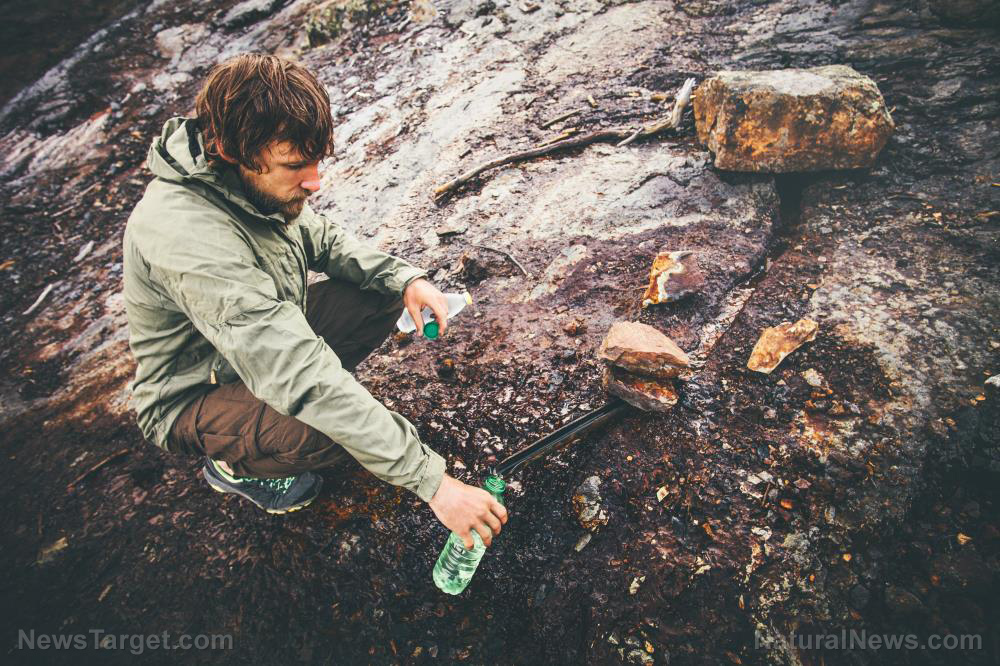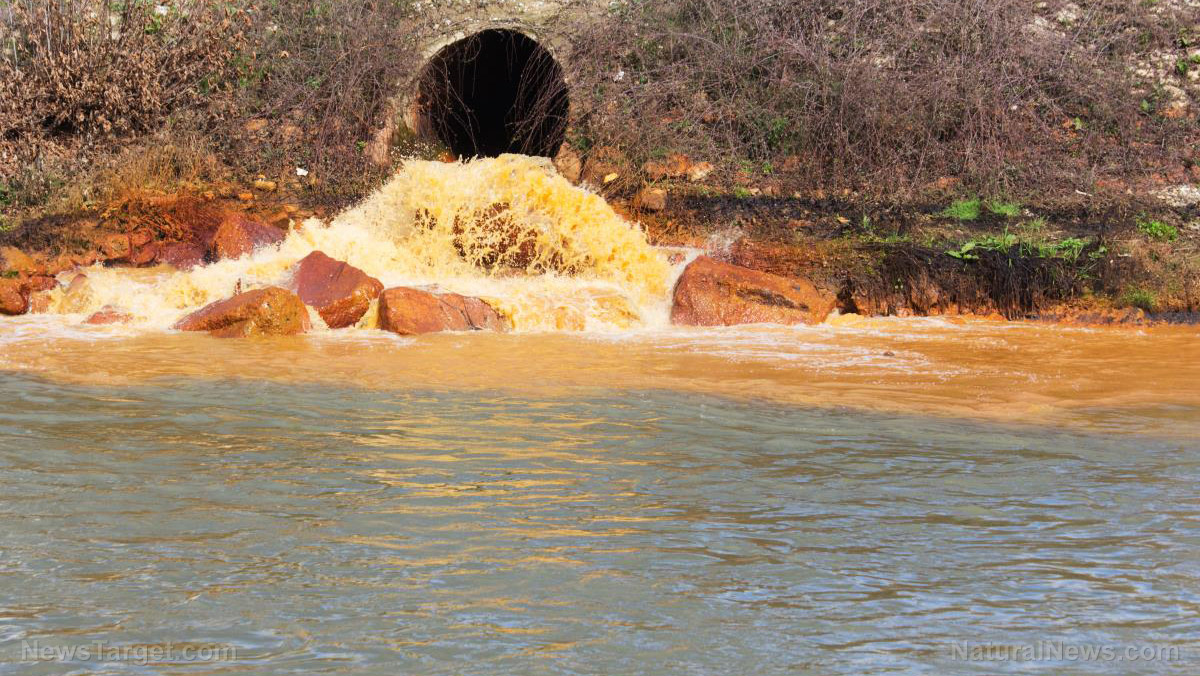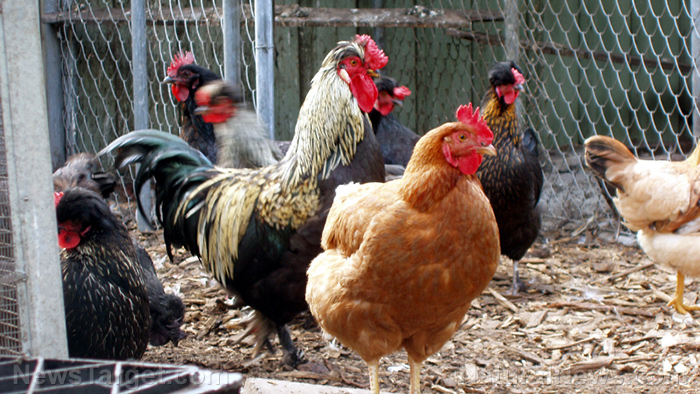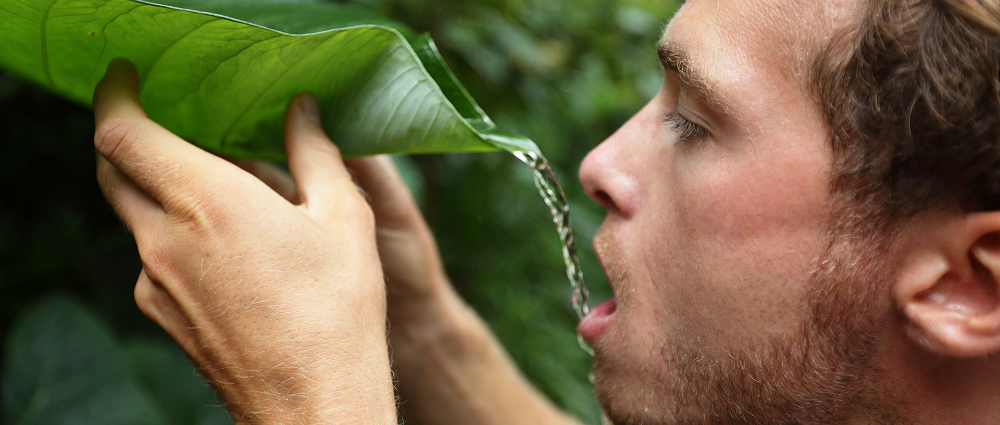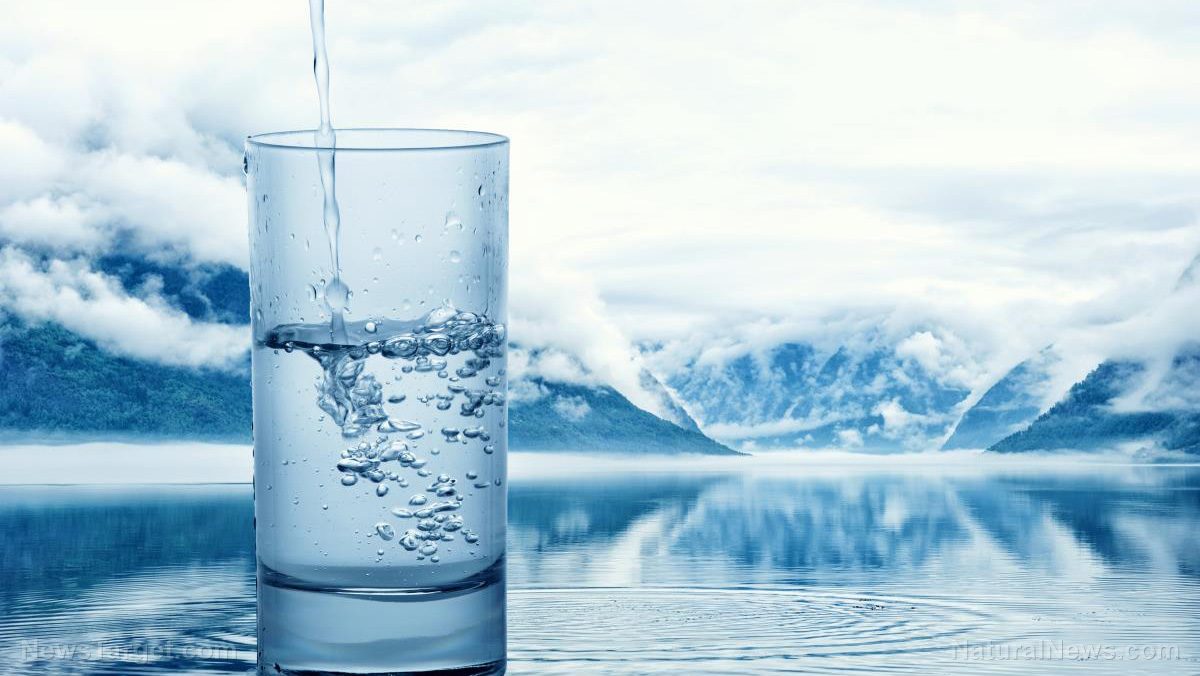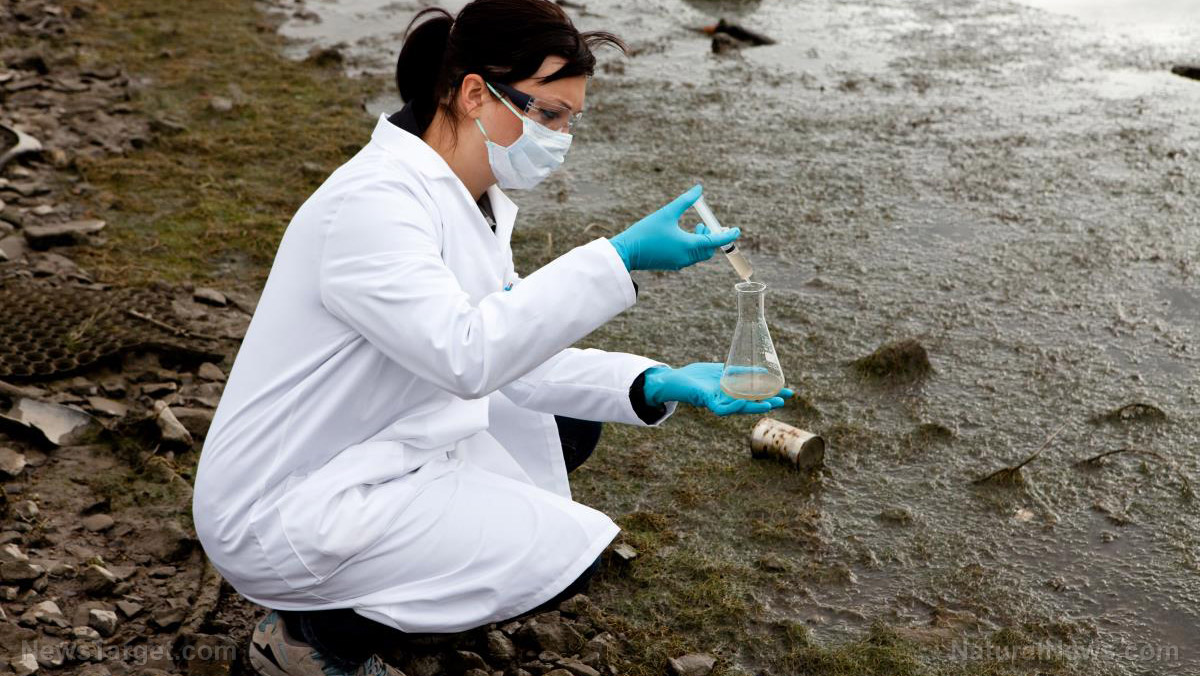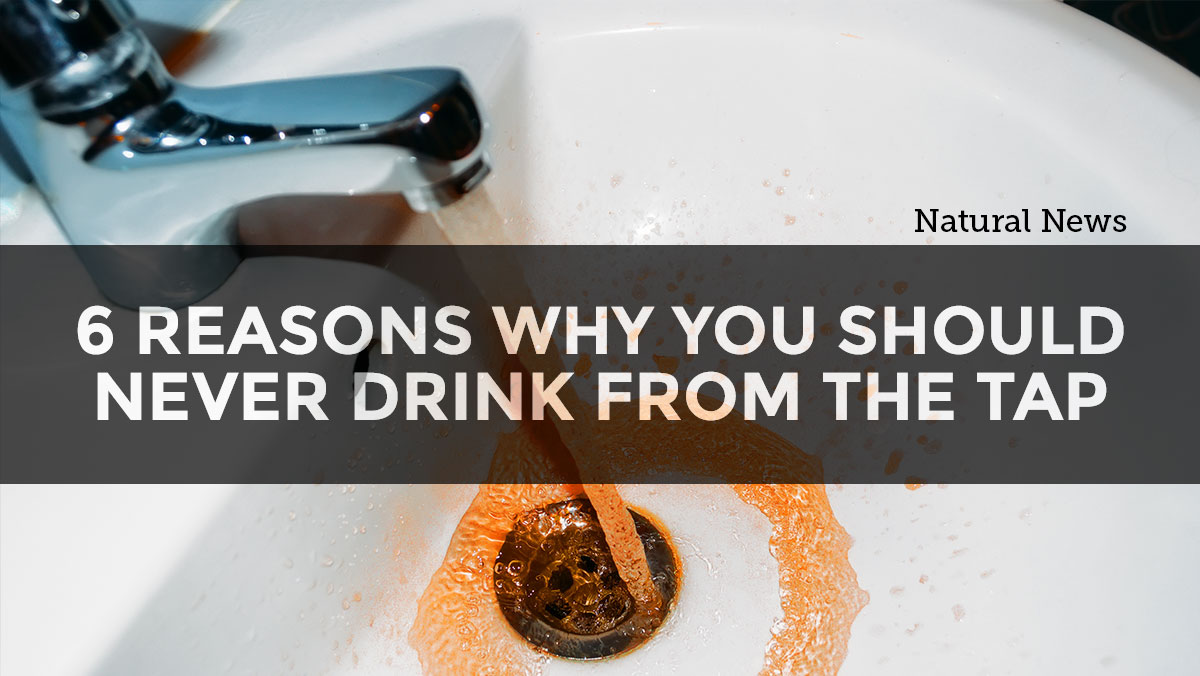Can floating islands help threatened insects such as bees and butterflies?
09/12/2018 / By Rhonda Johansson
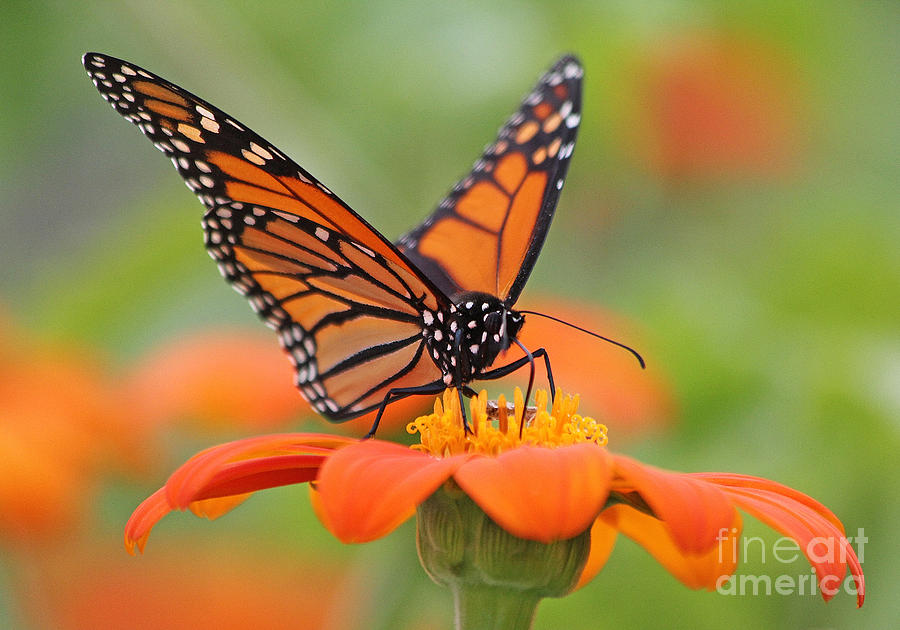
Iowa State University (ISU)’s landmark lake floating islands research project is being re-established this year since its first run in 2015. The Lake LaVerne Floating Islands project was intended to measure the nutrient uptake from the water of the LaVerne lake and then to design, construct, and monitor the amount of carbon the plants could remove from the body of water. Findings from the initial phase proved highly informative for the ISU researchers, prompting them to add a new twist to this year’s run. Now, pollinator plants will be used to determine if these floating islands could have an additional benefit of helping threatened insects such as bees and butterflies.
Mimi Wagner, director of the sustainable environments program and associate professor of landscape architecture, explained, “This summer we’re going to assess the performance of pollinator plants, which are different from the plants we used last time. These plants have not been tested in the literature for nutrient uptake.”
“Floating islands already help farm ponds reduce excess nutrient levels, so why not also help by providing more pollinator habitat acres, too?” Wagner added.
For this year’s project, researchers will use 12 pollinator plant species, including the common milkweed, wild bergamot, New England aster, and swamp milkweed. Each plant species will be placed on one island, each measuring a two-foot cube, and forming a part of a larger island on Lake LaVerne. Bird netting surrounds the floating islands to protect them from geese.
The floating islands will remain through early October, after which they will be removed to be analyzed for their nutrient content.
Researchers hope that their project will provide enough information to build better farm ponds. They estimate that 15 percent of a pond area has to be covered with vegetated floating islands to have a positive impact on water quality. ISU’s project, however, comprises only a small portion of Lake LaVerne.
A co-researcher of the project, Kaoru Ikuma ended with, “Some of our research goals are to quantitatively examine how much improvement in water quality these floating islands can provide and to optimize the environmental benefits of the islands.”
Lake LaVerne Floating Islands was inspired by the floating gardens (chinampas) of Lake Xochimilco in Mexico City. Chinampas were made using soil and organic materials for agriculture uses. ISU’s design is more of a hydroponic system, with vegetation taking nutrients from water instead of soil.
Why build floating islands?
Floating islands are primarily built as a tool to purify water. Most islands are made from biomaterials that are constructed into a matrix designed to maximize the surface area that comes into contact with water. A typical eight-inch thick island translates to around 198 square feet of new surface area, capable of hosting billions of bacteria in the biofilm (the community of microorganisms that thrive in the submerged surface).
It is the bio-film that absorbs nutrients so that algae does not thrive. (Related: Chemical agriculture runoff destroying fresh water with toxic algae blooms.)
A Montana study found that 80 percent of soluble pollutants were removed because of the bacterial actions found in the biofilm.
The potential for improved water quality increases when you combine the matrix with different types of plants. Much like hydroponics, plant roots develop in the water and help reduce the likelihood of algae growth. Further, the roots increase the surface area of the island, dramatically increasing the environment where microscopic bacteria can thrive.
These bacteria consume the soluble nutrients in the water and produce protein as a byproduct. A healthy food chain is established, as fish thrive on the waste being released by the bacteria.
Read more articles on other natural ways to improve our environment at Environ.news.
Sources include:
Tagged Under: algae, algae growth, clean water, ecosystems, environment, floating islands, LaVerne floating islands, pollinators, toxic water, water health


